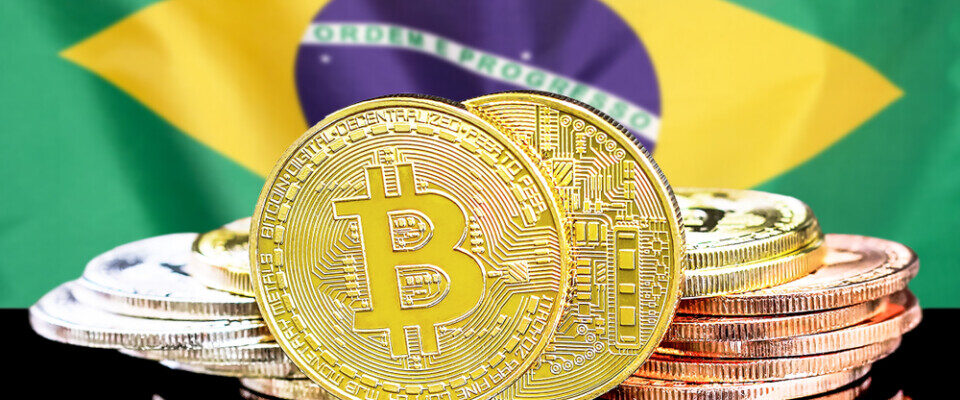On Monday, the Central Bank of Brazil announced that its central bank digital currency (CBDC) has officially been named DREX, even though it is also referred to as the digital real.
The YouTube channel of the Bank revealed the name of the CBDC during a live broadcast.
The deputy head of the technology and information department of the central bank, Aristides Cavalcante, and the coordinator of the digital real, Fabio Araujo, was hosting the broadcast.
The announcement
According to Araujo, there are a number of elements of innovation that have been combined in DREX. The D in the name stands for digital, while the R denotes real.
As for the E and the X, they stand for electronic and transaction, respectively. He said that this was a step forward for Pix that they had developed and had proven to be a success.
A Brazilian platform, Pix is used for making free and instant electronic fund transfers using IDs that are easy to remember, such as email addresses and phone numbers rather than account numbers, or QR codes.
The new visual branding for the CBDC was also released by the Central Bank and the reasoning behind it was also explained.
The image has two arrows that point to a transaction taking place, while the ‘D’ points to the transition to the digital environment and the colors change from blue to green to indicate a completed transaction.
The project
The CBDC for the digital real project will only be minted by authorized entities and the records will be maintained via a blockchain-like distributed ledger technology.
DREX will be used for supporting operations, like selling and buying public treasury bonds, with the transactions happening quickly.
The tokens will be created, registered, and burned with support from Web3 infrastructure. The tokenized real will be made available to the citizens and only authorized financial institutions will be permitted to handle it.
According to the project coordinator, everyday Brazilians will see a practical impact of DREX on their lives, as the population will have access to more financial services.
Araujo said that the digital real will make it easier for people to make loans, get insurance and access more investment options.
He explained that they were interested in increasing banking in the country and bringing these financial products into the hands of the people.
Practical applications
The pilot program for the digital real is still ongoing and will end in next March. There are three use cases that are being tested by the Central Bank.
Maria Rita Serrano, the president of the largest public bank in Brazil, said that the digital real could be used for paying government benefits in the future.
Serrano said that tokenized currency could be used for paying labor and social benefits in the future. She said that the digital real would be leveraged for advancing social inclusion and financial digitalization.
Senator Carlos Portinho had also said earlier this month that the CBDC could also help entities maintaining crypto wallets, which is currently not permitted.

